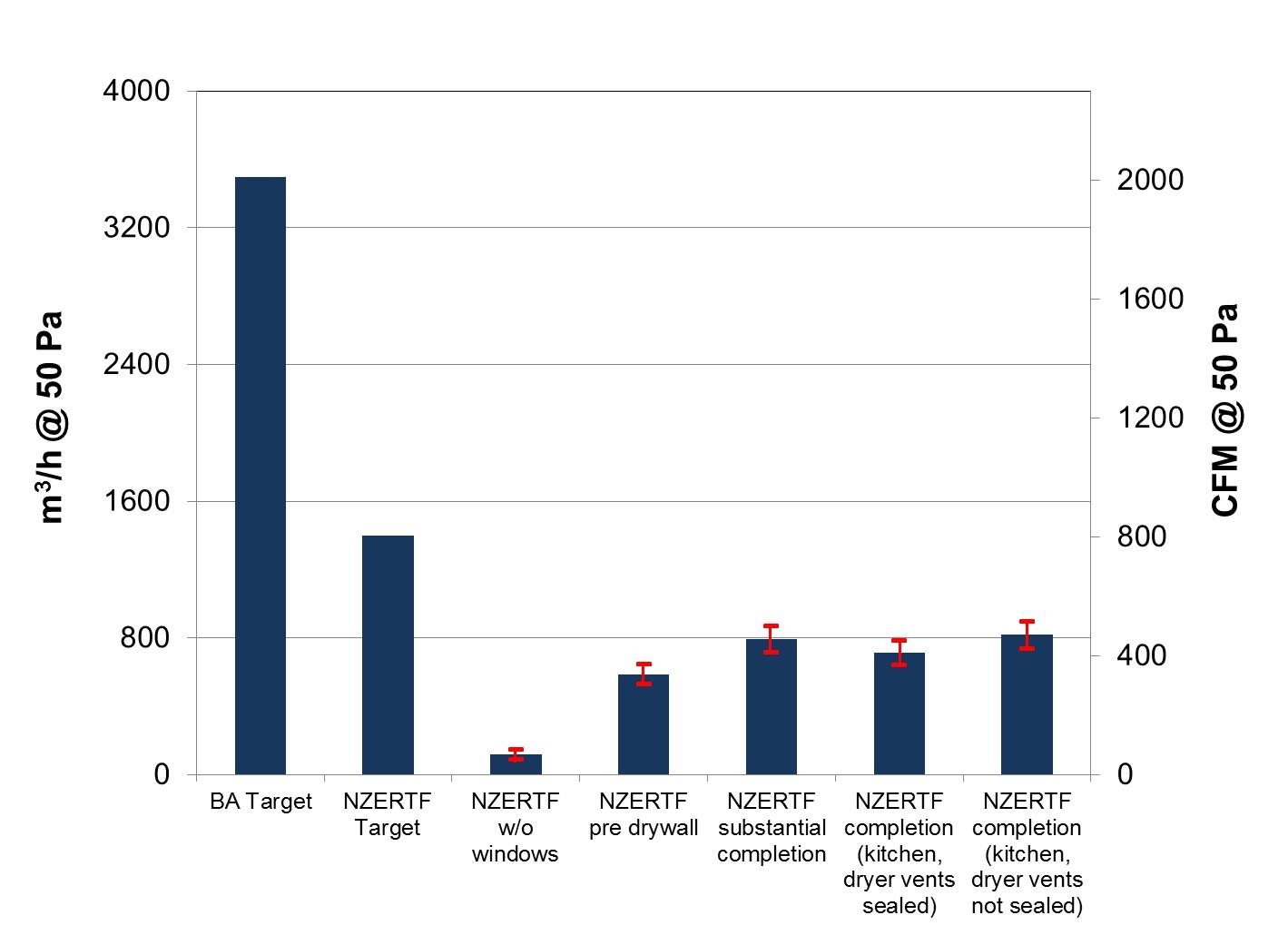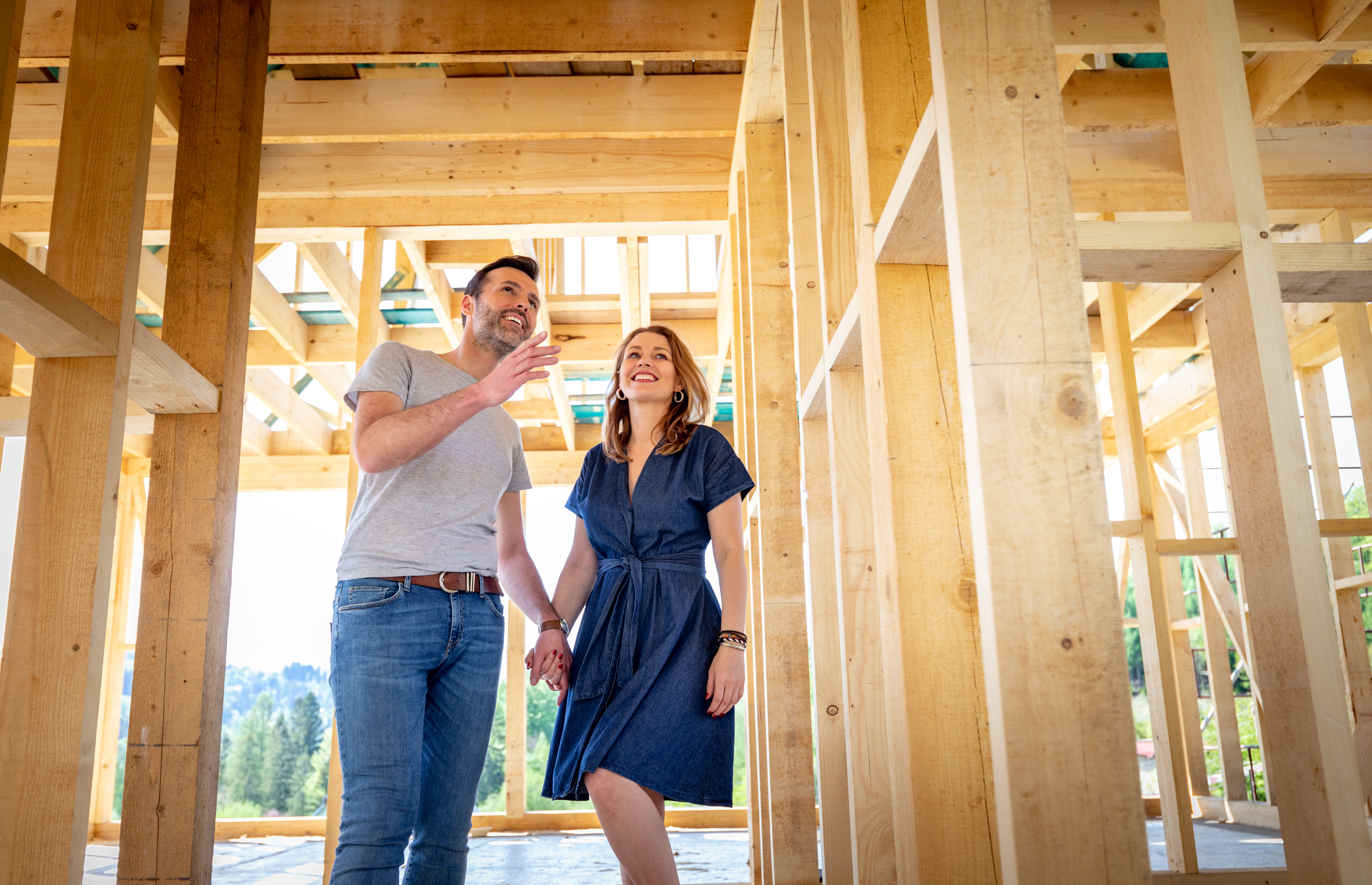Caprock Design + Build Blogs
Buildwise Journal
Caprock Design + Build Blogs
Buildwise Journal

Why Builders Should Strive for an Airtight Building Envelope
In the ever-evolving landscape of modern construction, one principle stands as a cornerstone of sustainable, energy-efficient homes: the airtight building envelope.
As seasoned builders, we’re well aware that the decisions we make during construction reverberate for years to come. But this concept can be foreign to families interested in building their dream home or business owners constructing a new commercial property.
So what is an airtight building envelope, and how can it improve your new building’s integrity and your peace of mind?
In this blog, we’ll shed light on why an airtight building envelope isn't just another construction trend but rather a fundamental element that can make or break a home's efficiency, comfort, and longevity.
Defining the Airtight Building Envelope
Before diving into the "why," let's establish the "what." An airtight building envelope refers to the barrier that separates the conditioned interior of a home from the unconditioned exterior environment.
This barrier includes walls, windows, doors, roof systems, and the connections between them. When properly executed, it ensures that air from the outside doesn't infiltrate the living space, and conditioned air doesn't escape.
All homes will have a building envelope, but whether that envelope is airtight can be a different story. Ensuring every nook and cranny is properly sealed is harder than it sounds, particularly if your builder takes shortcuts or isn’t experienced with proper sealing techniques.
But if this essential step is missed, it’s the homeowner who will be burned in the long run.

4 Reasons an Airtight Building Envelope Is a Necessity
1. Moisture Intrusion
The foremost reason for prioritizing an airtight envelope is to prevent moisture intrusion. Water damage is the leading cause of building failure. Uncontrolled air leakage can lead to condensation on interior surfaces, which can eventually foster mold growth and compromise the structural integrity of the building materials.
Not only are these issues costly to fix, but they can also be a health hazard to anyone living in the home. Inhaling mold spores can:
Irritate the eyes, skin, nose, throat, and lungs
Aggravate asthma
Cause allergic reactions
By maintaining an airtight seal, builders can protect the home from costly water damage and ensure its longevity. By ensuring the building envelope is airtight, we are establishing water control to protect the home from future damage and to protect its occupants from health concerns.

2. Energy Efficiency
A major byproduct of an airtight envelope is energy efficiency. Homes that aren’t energy efficient will be more expensive to build and rack up extra costs each month in energy bills for home occupants. For this reason, building a home with energy efficiency in mind is the best move for builders and homeowners alike.
An airtight envelope reduces the need for continuous heating and cooling, as it prevents the unwanted exchange of indoor and outdoor air. This means reduced reliance on HVAC systems and subsequently lower utility bills for homeowners.
As builders, this translates into homes with a lower build cost and increased marketability. And for homeowners, this can mean substantial savings. Properly insulating the attic alone can reduce energy bills by as much as 50% according to the Department of Energy.

3. Enhanced Indoor Comfort
On average, we spend two-thirds of our lives inside our homes. This makes it even more crucial for your home to be comfortable and secure, regardless of the weather outside.
An airtight envelope plays a significant role in a building’s comfort. By preventing drafts and maintaining a stable indoor temperature, builders can help:
Eliminate drafts
Minimize temperature fluctuations
Improve air quality
Reduce dust and airborne allergens
Keep bugs and spiders outdoors
The weather can be extremely unpredictable, particularly in the Amarillo Panhandle region. Fortunately, an airtight envelope can help keep interiors cozy in winter, cool in summer, and clean all year round.

4. Reduced Need for Mechanical System Repair
An airtight envelope also allows mechanical systems to operate at their optimal efficiency. HVAC systems don't have to work overtime to compensate for temperature fluctuations, leading to longer system lifespans and reduced maintenance costs.
The average maintenance cost for an HVAC system runs between $75 and $200. But if substantial repairs are needed to keep your system running, you could have to pay as much as $3000.
When combined with well-insulated walls and roofs, the entire heating and cooling load of a home becomes more manageable, reducing the need for high-capacity systems.
How to Determine Whether Your Home’s Building Envelope Is Airtight
Because creating an airtight building envelope is essential for both builders and the home’s future occupants, it should be thoroughly tested to ensure that it’s as airtight as possible. Builders can do this by using a fan pressurized test, also known as a blower door test.
This test involves temporarily installing a fan in the building’s envelope to pressurize the building, and then evaluating the level of pressure and flow rate. The higher the flow rate required to produce a given pressure difference, the less airtight the building.
The chart below shows the standard marks for an airtight building envelope as established by the Net-Zero Energy Residential Test Facility (NZERTF).

The building’s envelope must be made airtight during the construction process. Unfortunately, this means that if essential steps were missed during the home build, homeowners would need to pay out of pocket to:
Seal air leaks
Install new airtight windows
Add insulation
Seal cracks around doors and garages to keep insects out

The Road to Success: Following Proper Construction Techniques the First Time
Achieving an airtight building envelope requires attention to detail during every phase of construction. From using appropriate air barriers and ensuring proper insulation to sealing gaps and joints, each step contributes to the overall effectiveness of the envelope. Collaborative efforts among architects, contractors, and tradespeople are crucial to success.
As builders, we hold the power to create homes that go beyond the ordinary and stand as testaments to our commitment to a better future. By understanding and implementing the principles of an airtight envelope, we pave the way for a more energy-conscious and environmentally responsible world, one home at a time.
Choose a Builder You Can Trust to Do It Right
An airtight building envelope isn't merely an optional feature but a prerequisite for modern construction that prioritizes sustainability, efficiency, and comfort. This is why it’s so important that homeowners ensure their builders are following construction best practices and build for the future.
If you want to build a place where you can build memories, grow, and feel perfectly at home, Caprock Design + Build will be with you every step of the way. Our process focuses on proper planning, high-quality craftsmanship, and making the most out of cutting-edge technology to ensure your home stands the test of time.
Click the button below or give us a call at 806-808-1352, and we’ll walk through your vision together to see if we could be a good fit for your family.

